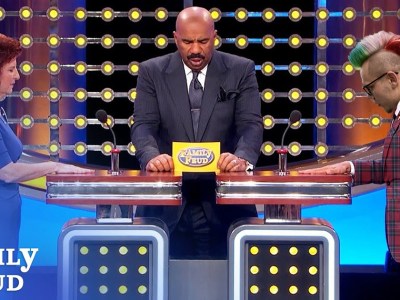It’s been decades since an acoustic execution has graced the stages of our town centers. The French guillotine was last used in 1977 and American hangings haven’t been in vogue since slightly before then. We took the time to reflect on that infamous mid-20th century moment when executions went electric.
Traditionalists preferred the clean sounds of wood and steel and spine and blood. They saw the electric chair as a cop-out that appealed to general audiences, while simultaneously taking less skill on the part of the executioner. Executions were just more intimate back in the day.
We spoke with some of those most impacted by the change.
“Executions are supposed to be between a criminal, an 80-pound blade, and a rowdy crowd watching it all, hoping to get spattered with blood,” said execution snob Marc Watters. “Now pop culture has taken over so everyone and their mom can enjoy the death of a probably-guilty convict.”
After the electric switch, crowds could be heard yelling “Judas!” in reference to the biblical character who hung himself the old-fashioned way.
“You shouldn’t need all those cables and wires to put on a good show,” said execution enthusiast Gertrude Cafferty. “If you’re really talented you can do it with your hands and still have everyone leave happy.”
Called a betrayal by many decapitation-heads, the switch over to electric executions was met with mass uproar. One angry executioner tried to take his axe to the electric cables connected to the prison and cut off the power.
“Me and my artisanal craftsmanship are going to be put out of work,” said Victor Deglano. “No more black masks and hand-chopped criminals. And don’t get me started on lethal injections. Now I need a medical degree to do my job.”




